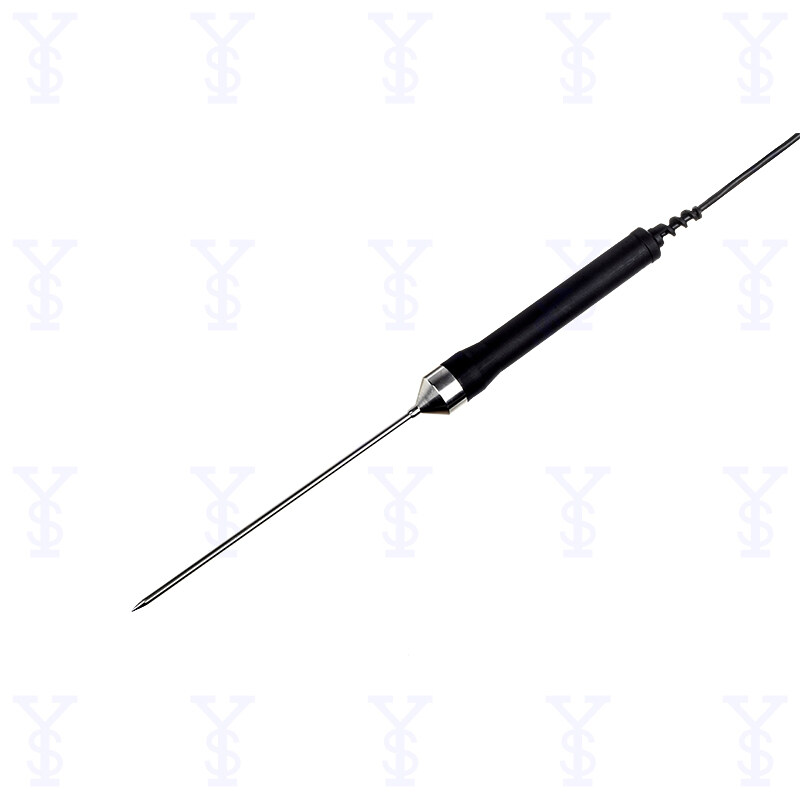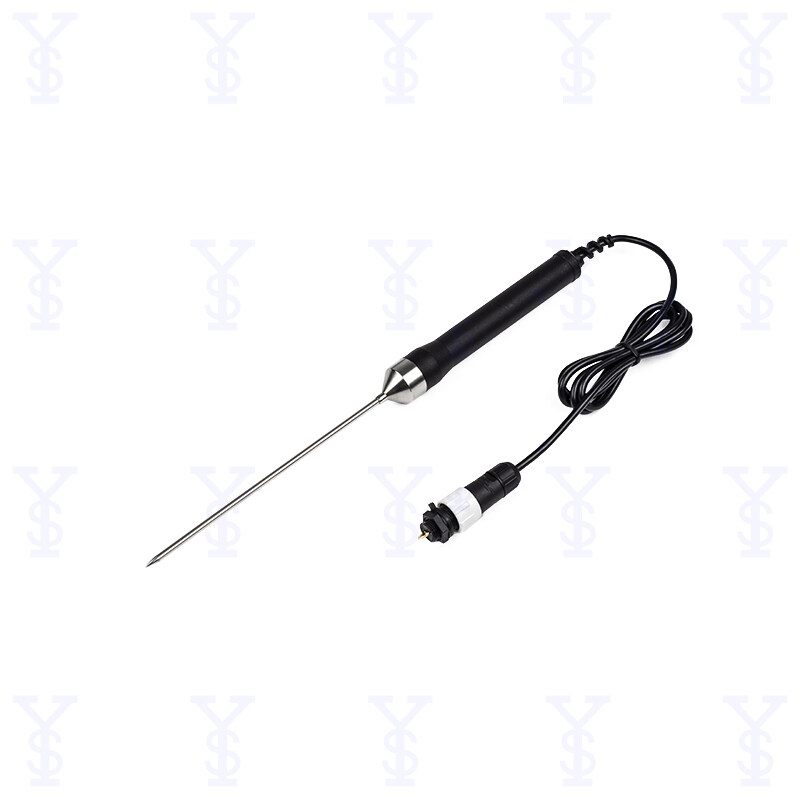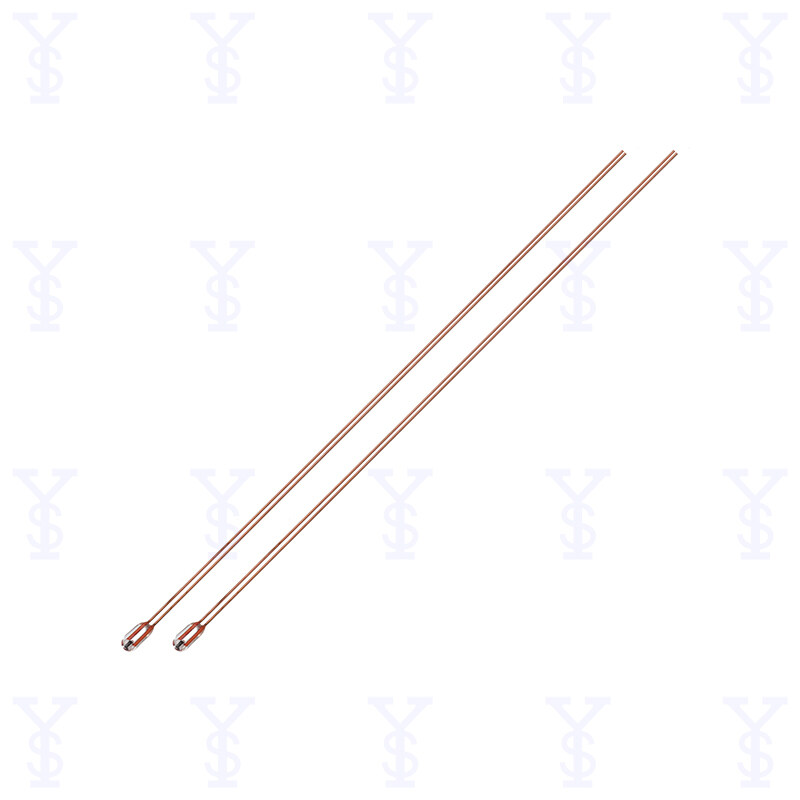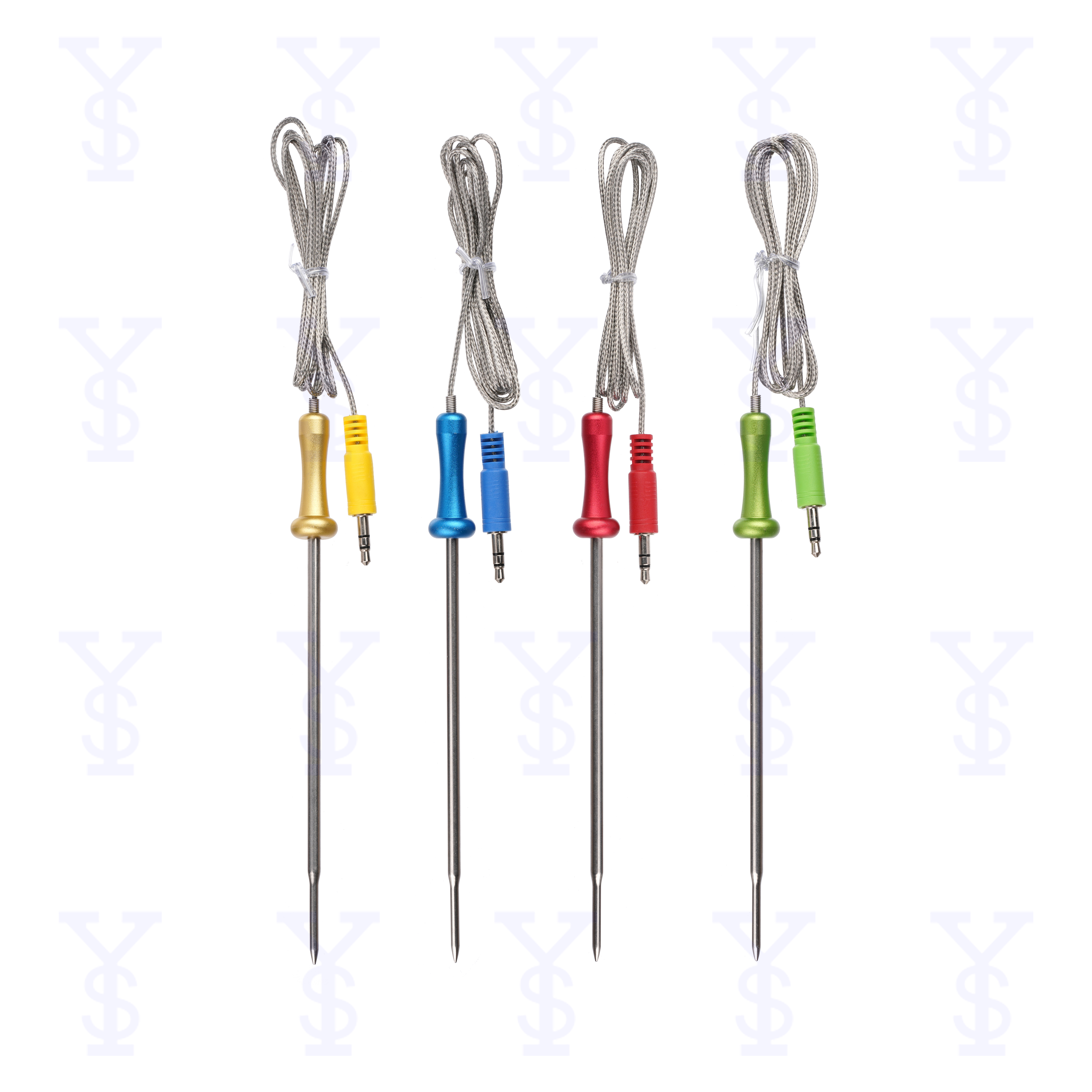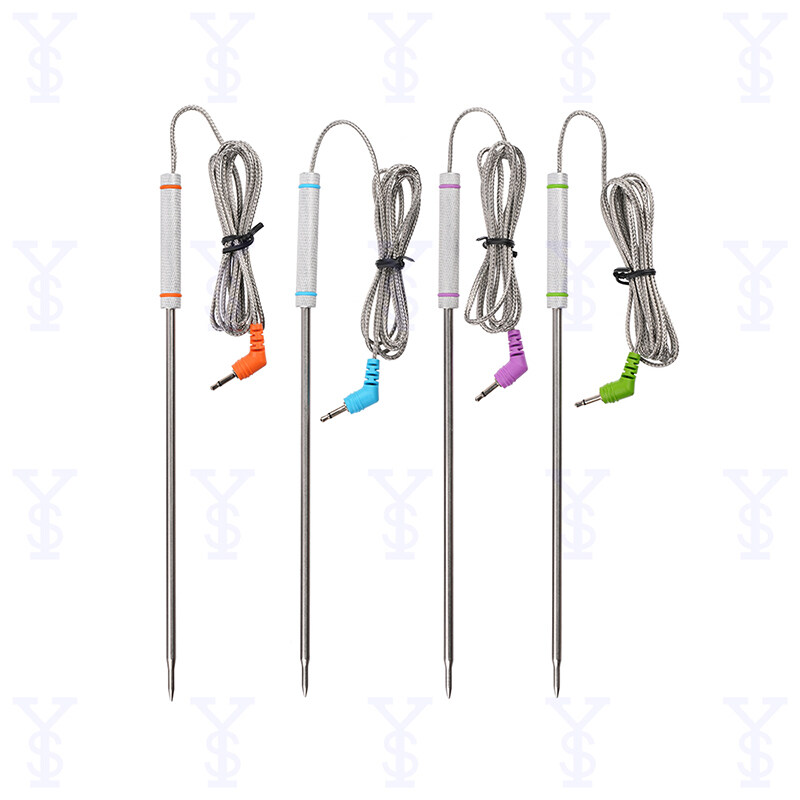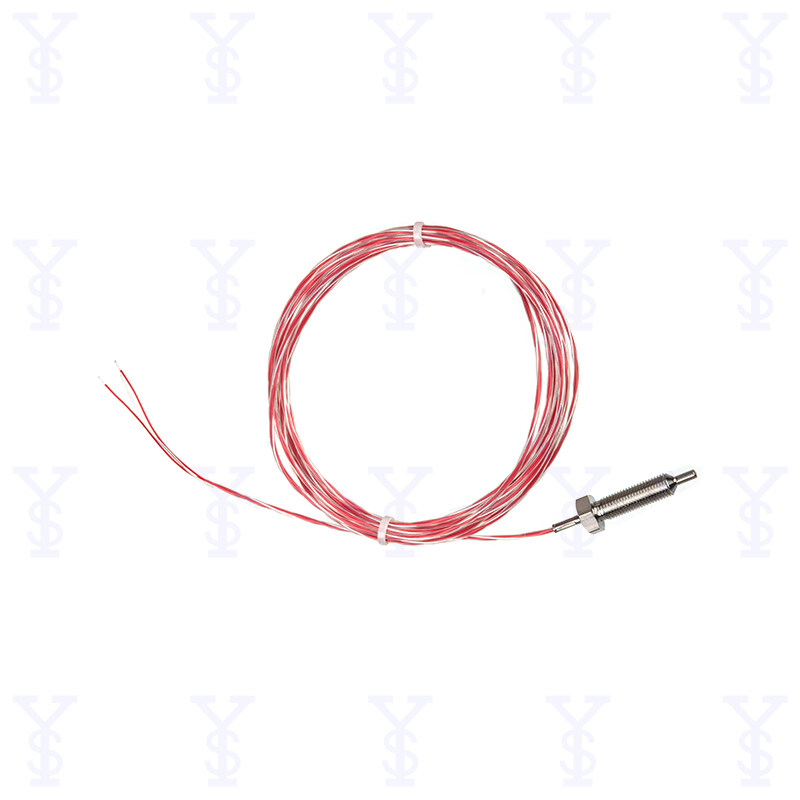Хатогии формати почтаи электронӣ
emailCannotEmpty
emailDoesExist
pwdLetterLimtTip
inconsistentPwd
pwdLetterLimtTip
inconsistentPwd

PT1000 Measure Instruments Platinum Resistance Temperature Sensor
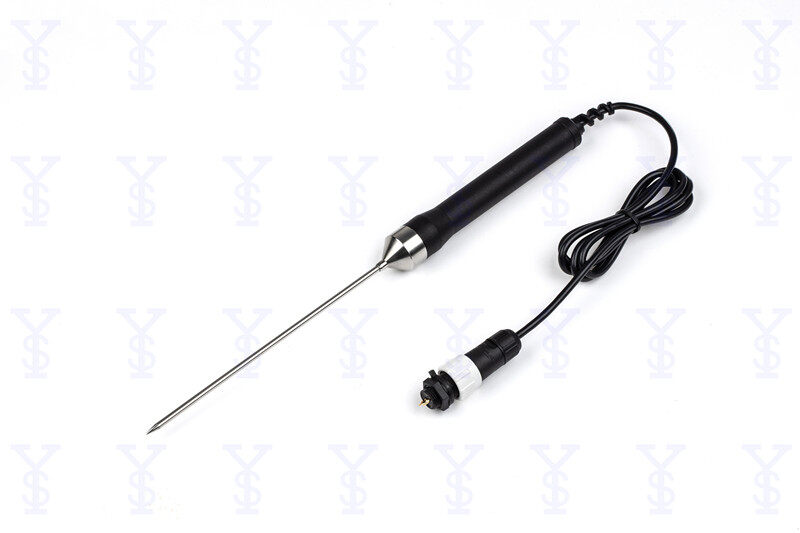
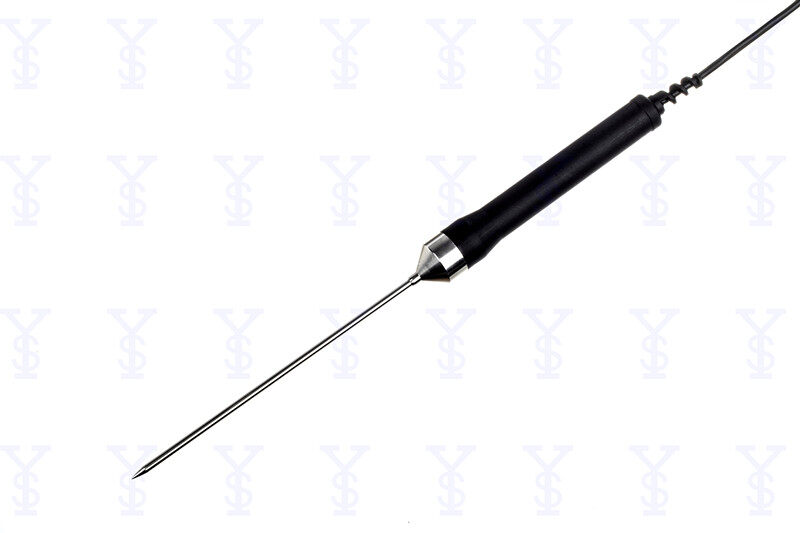
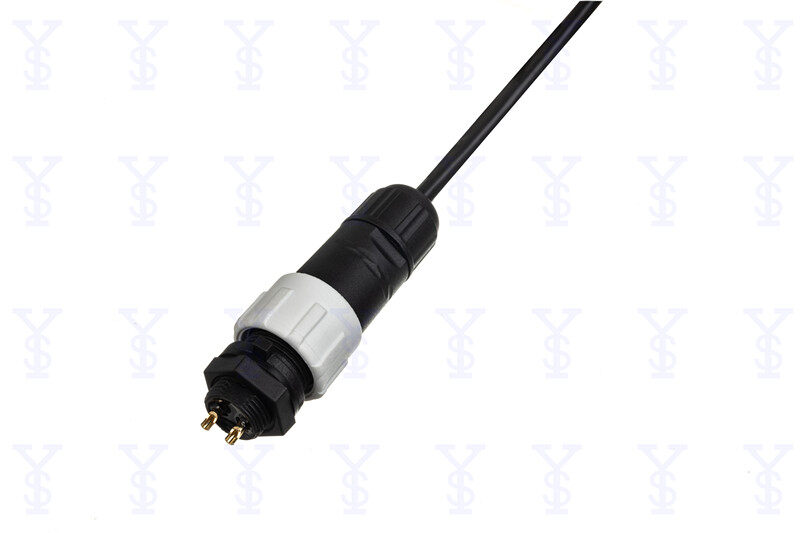
The Features of This Platinum Resistance Temperature Sensor
|
PT1000 Chip is Recommended |
|
|
Accuracy |
B class |
|
Working Temperature range |
-30℃~+200℃, can be customized |
|
Insulation Voltage |
1800VAC, 2sec |
|
Insulation Resistance |
500VDC ≥100MΩ |
|
Characteristics Curve |
TCR=3850ppm/K |
|
Long-term stability:the change rate is less than 0.04% when working 1000 hours at maximum temperature |
|
|
Silicone cable or silver-plated wire with teflon sheath is recommended |
|
|
Communication mode: two-wire system, three-wire system, four-wire system |
|
|
Product is compatible with RoHS and REACH certifications |
|
|
SS304 tube is compatible with FDA and LFGB certifications |
|
The Applications of PT100, PT200, PT1000 Platinum Resistance Temperature Sensor for Measure Instruments
Instruments, meters, electric power, medical treatment, industrial temperature control

The Advantages of PT100, PT200, PT1000 Platinum Temperature Sensor for Measure Instruments
High resistance value: the resistance value of pt100 platinum resistance is 100 ohms at 0, and the resistance value of pt1000 platinum resistance is 1000 ohms. The resistance value of platinum resistance decreases gradually with the increase of temperature, so it is suitable as the core component of temperature instrument.
High sensitivity: It can quickly respond to changes in ambient temperature, and its corresponding time is only 0.15s in slow flowing water.
Small size: very small, on the order of millimeters, so it is especially suitable for installation in places with limited space, such as temperature instruments. The temperature instrument itself is small in size, and the thin-film platinum resistor is very suitable.
Good stability: Statistics also show that platinum resistors work continuously at 600 for more than 1000 hours, and the resistance change is less than 0.02%.
Low cost: The cost is low under the condition of mass automatic production, which is 50%-60% lower than similar wirewound resistors.



